Every year I make a pilgrimage to upstate New York for the Eddie Adams Workshop. The workshop was founded by Pulitzer Prize winning photographer Eddie Adams who covered news and world conflicts including the Vietnam War. The event just celebrated its 37th year and takes place every October for up and coming photojournalists from around the globe.
After the workshop this year I took a drive over to the small quiet town of Bethel, New York where a museum that commemorates the counterculture of the 1960’s and one of the most memorable music festivals in music history, Woodstock is located at Bethel Woods Center for the Arts on the very land that the first Woodstock was held at in 1969. The music festival itself was built upon the cultural drive for peace by young Americans after seeing those very images from Eddie and his peers during the war.
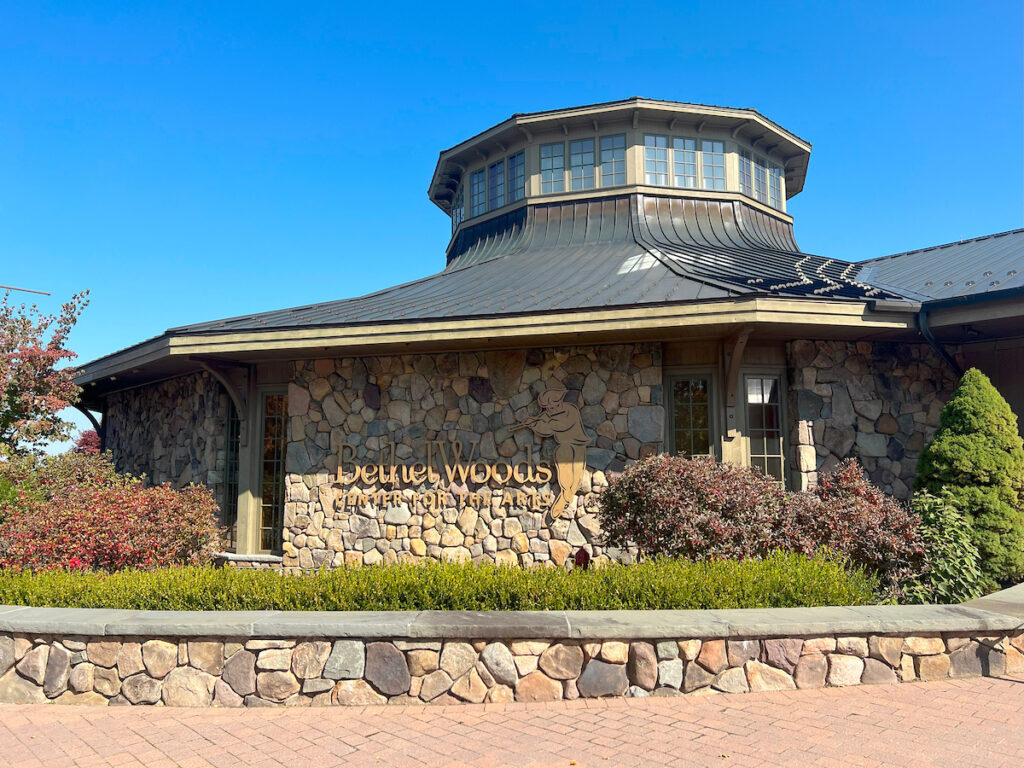
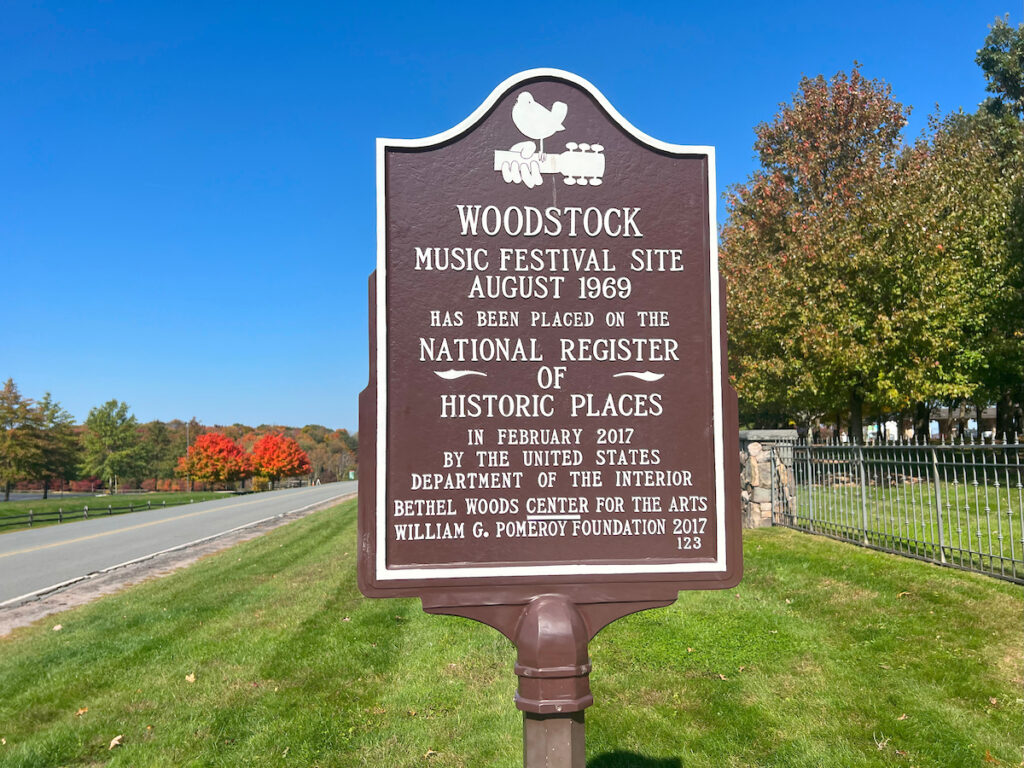
The Colorful Artifacts Of The Music At Woodstock
Music history and archives are always inspiring and must see sites whenever I am nearby. After driving down a long country road shrouded by autumn foliage, I finally arrived and were immersed in the history of a legendary festival.
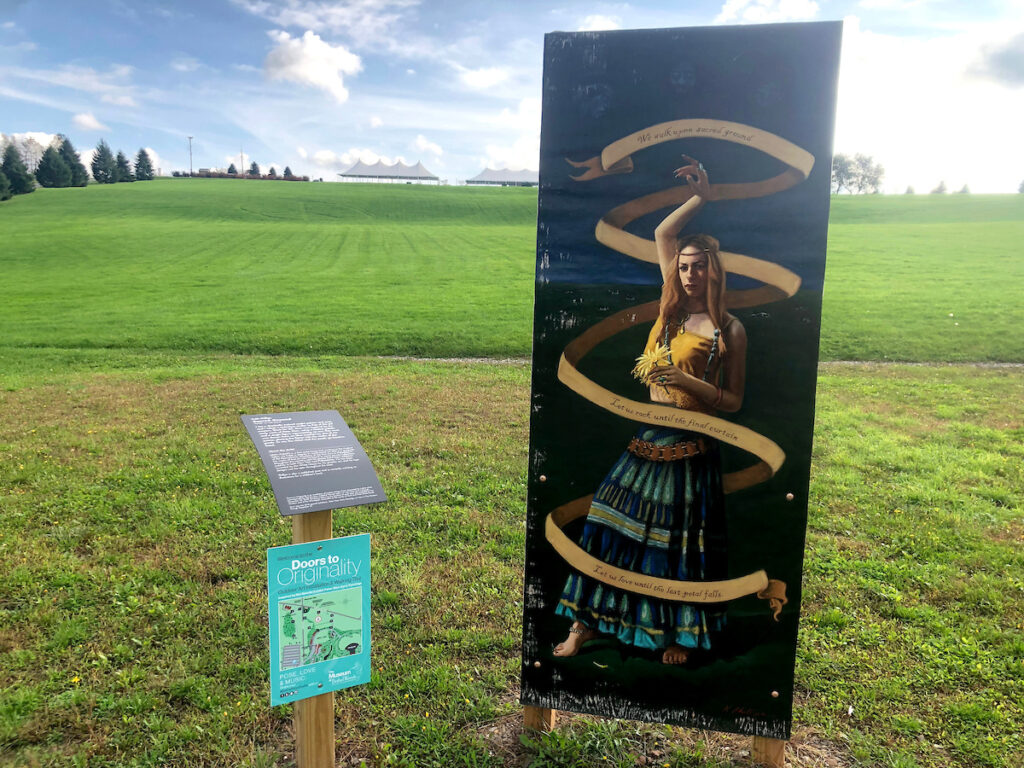
The Main Gallery area exhibits 20 different films, five interactive productions,164 artifacts, and more than 300 photos and murals. A full-sized hippie bus full of colorful designs and a Volkswagen bug painted with the phrase “make love not war” are among the permanent artifacts. On screens around the gallery, visitors can watch and hear some of the live performances from Woodstock ‘69. Audio and video from attendees and musical artists share the stories and sights right from the people who experienced it.
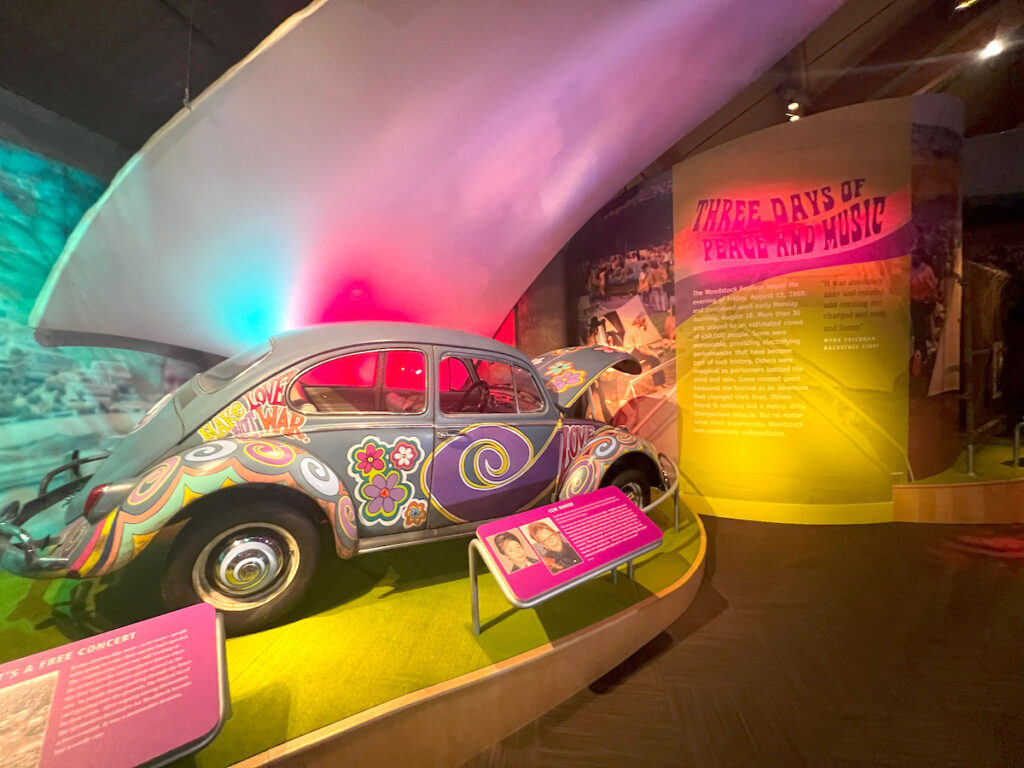
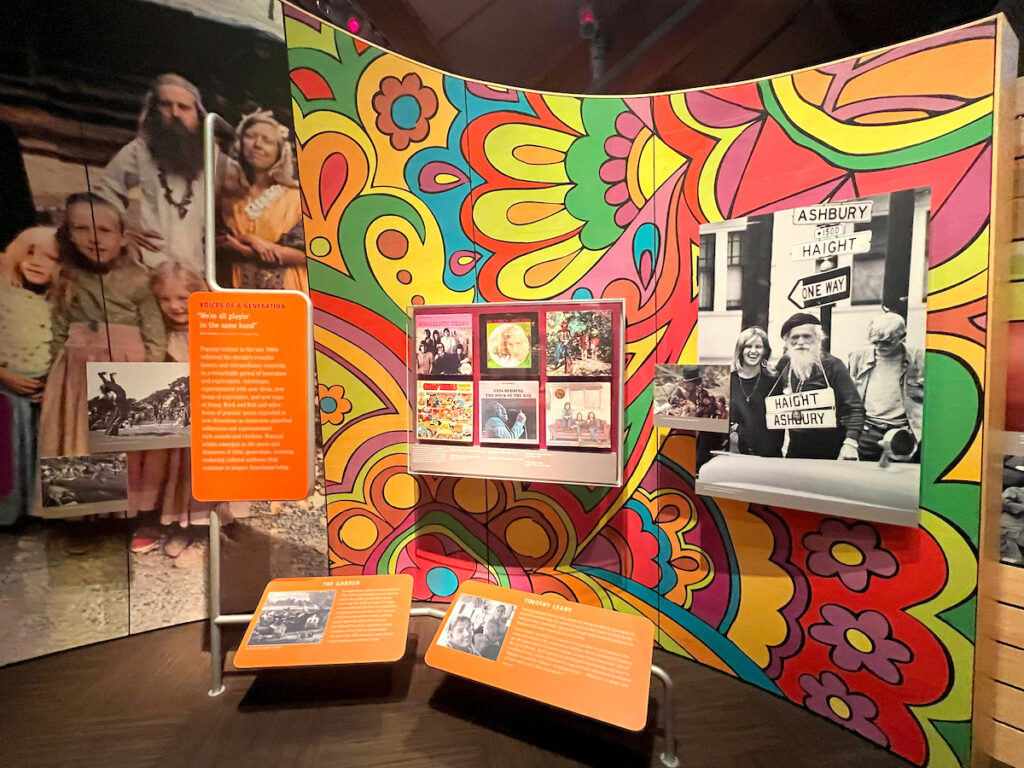
The entirety of the gallery is decorated in vibrant colors and symbols of peace and the 60’s like peace signs and beautiful flowers. As you walk through, you can read panels that include first-person stories and learn the depth of history that was going on in the 1960’s. If you get hungry during your trip, visit the Yasgur’s Farm Cafè open daily from 10 AM – 3 PM right outside the Main Gallery building.
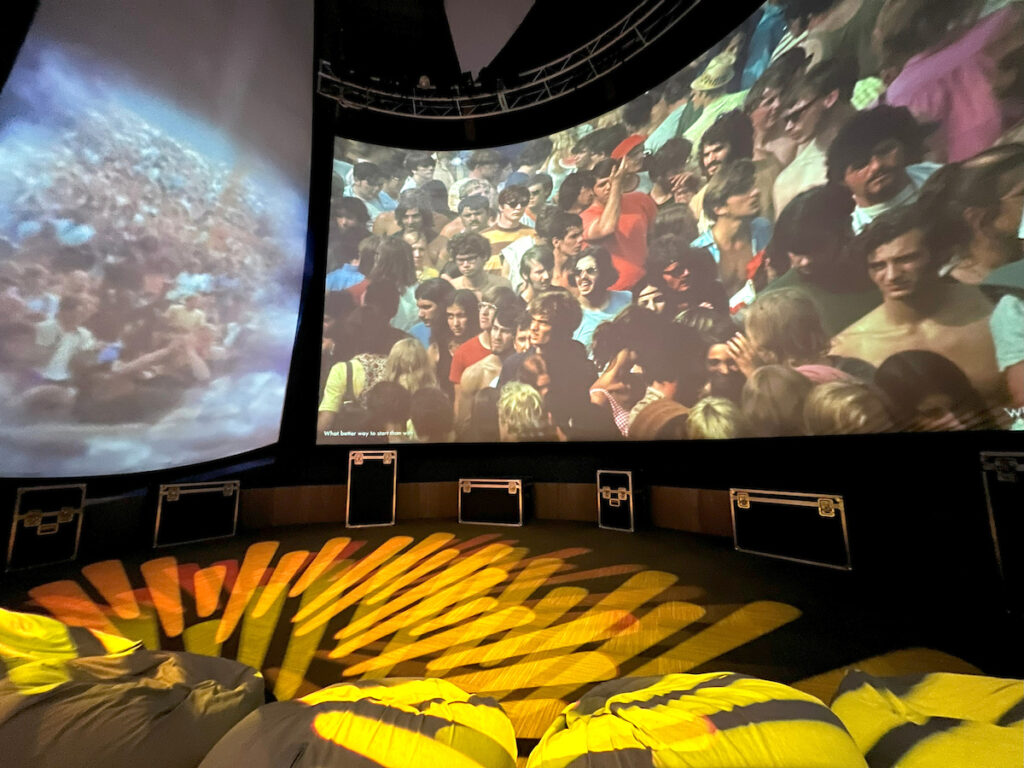
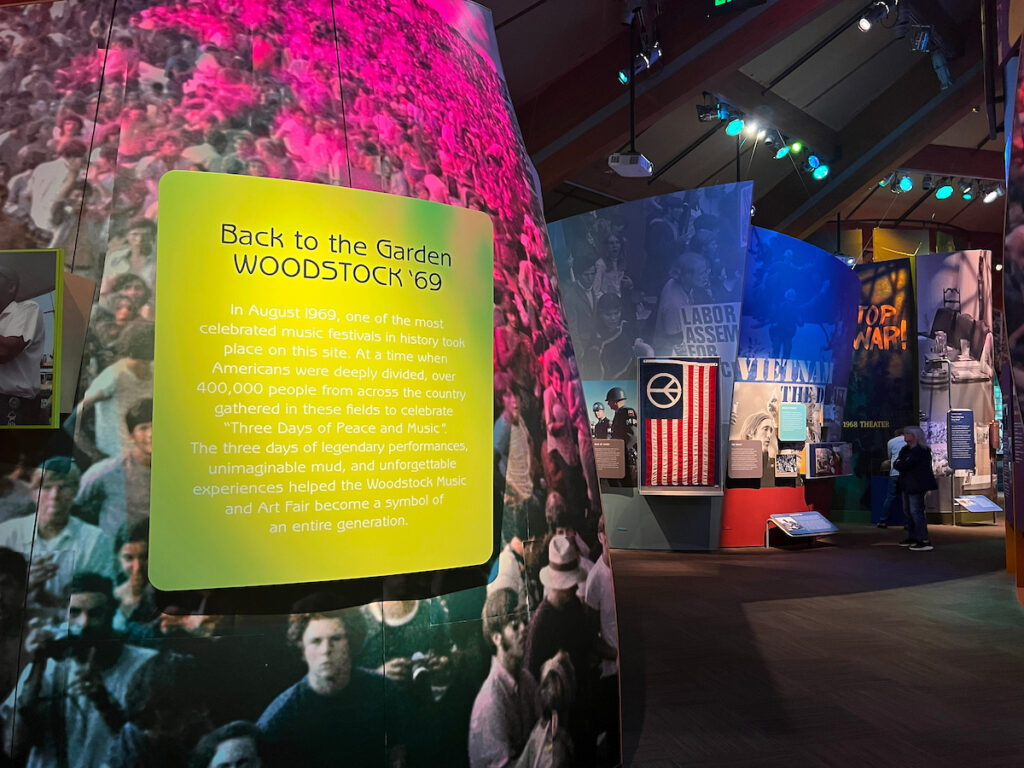
The museum is open daily from April 1 through December 31 from 10 AM to 5 PM. If you purchase tickets ahead of time, adult tickets are $20, senior (65+) are $18, and youth (6-18) are $5. For an additional fee you can purchase tickets at the door or add on a guided tour.
The 1960’s and the History of Woodstock
Woodstock 1969 was an investment idea created by John Roberts, Joel Rosenman, Artie Kornfeld, and Michael Lang. Lang had previously organized a music festival, Kornfeld was the vice president at Capitol Records, and Roberts and Rosenman were entrepreneurs building a recording studio in Manhattan. The four men created Woodstock Ventures, Inc. and set their sights on developing a music festival.
1969 was a very historical year in U.S. history. It marked the invention of the internet, the space race, the rise of the Civil Rights Movement, the Stonewall Riots, and the Vietnam War. In a time of uncertainty and peril, many Americans viewed the Vietnam War negatively and had to say goodbye to their family members who were drafted. Americans believed the war was unwinnable and unjust. As the death toll rose, violence was broadcast to televisions across the country, and no end was in sight.
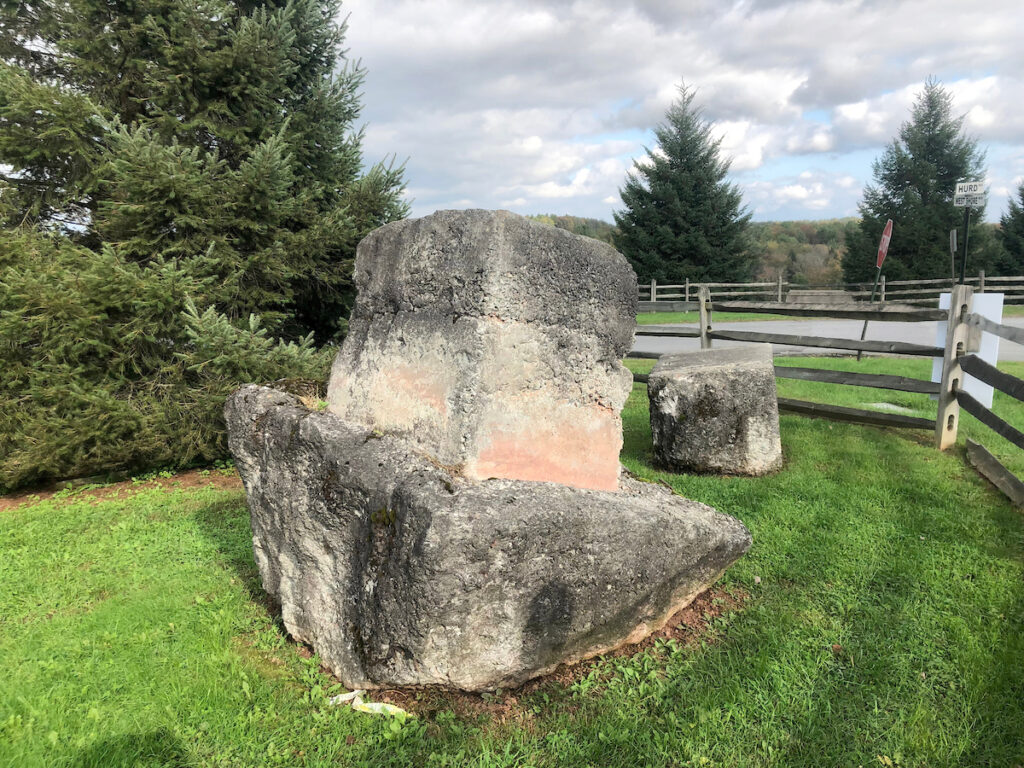
As a result of the growing distrust of the government and needlessness of the war, the Hippie Movement arose. The movement valued nontraditional lifestyles, peace, love, social justice, and personal freedom. They also disapproved of the Vietnam War and were big advocates for peace during this time. As the festival dates were released (August 15 – 18, 1969), hippies and music lovers flocked to Bethel ready to celebrate “3 days of peace & music.”
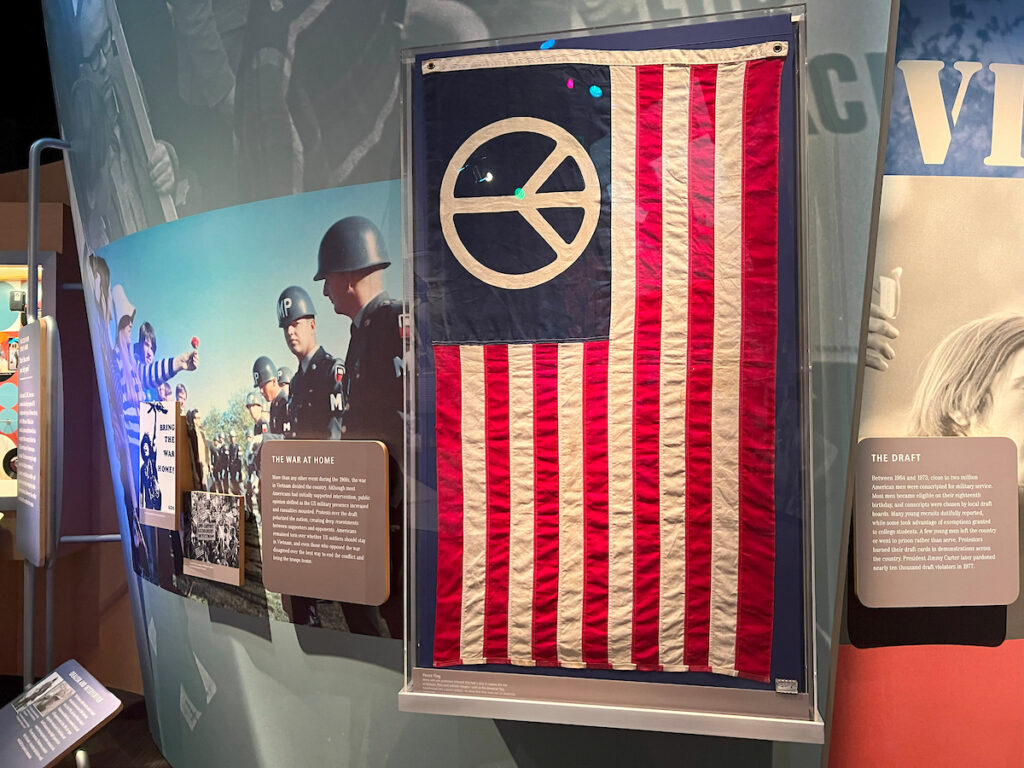
The festival was originally planned to be held at Howard Mills Industrial Park in Wallkill, New York, but local officials dropped out of the deal out of fear of the crowd of hippies it would draw. The four men continued their search and just a month before the set date of August 15, dairy farmer Max Yasgur offered to rent part of his land surrounded by the Catskill Mountains. The men jumped on the offer as a last-ditch effort and got to work on setting up the festival grounds.
By the time that festival-goers had begun to arrive, very few necessary resources were ready. There were no fences surrounding the area, no entrance gates or booths, very few bathrooms and concession stands, and just one medical tent. 50,000 people had purchased their tickets ahead of time, but the estimated 400,000 people who ended up showing up got in for free simply because there was no efficient way to charge everyone.
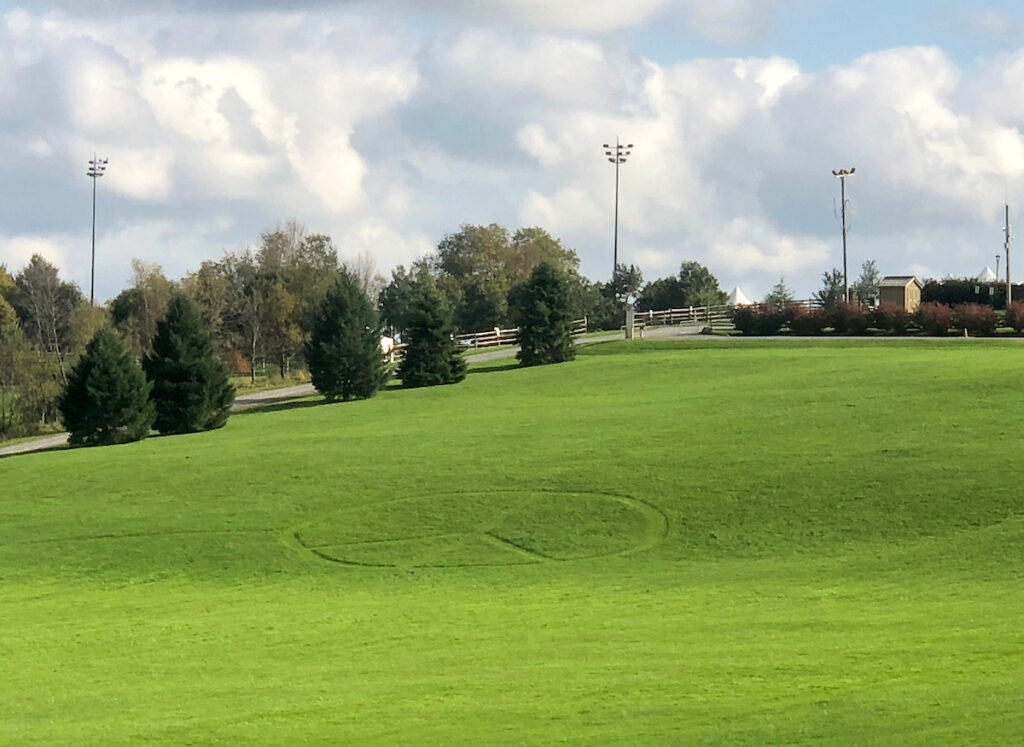
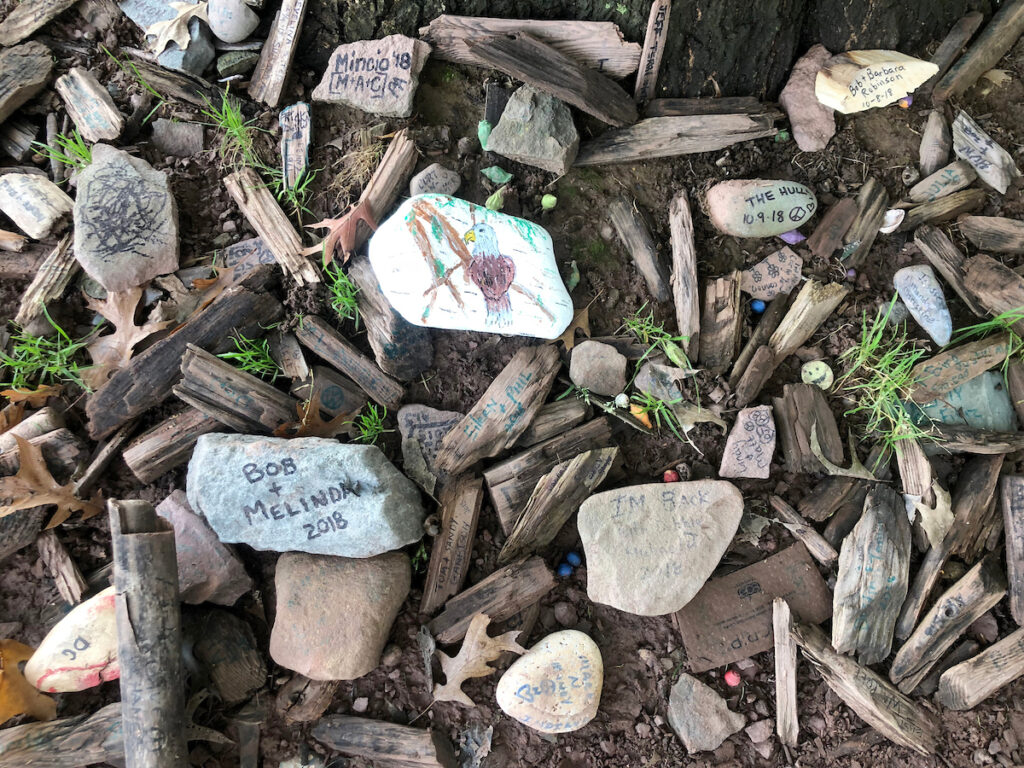
The roads to Bethel were at a standstill with traffic but the festivities continued on as thirty-two musicians took to the stage over the three-day festival. Guests had little to no food or water, limited restrooms, and were caught in a torrential downpour on day one that continued into day two, making the dairy farm grounds into a mud pit. Despite all of the downfalls and lack of preparedness, the attendees seemed happy and enjoyed their time. The crowd remained peaceful, playing instruments together, sharing drugs, and spreading love.
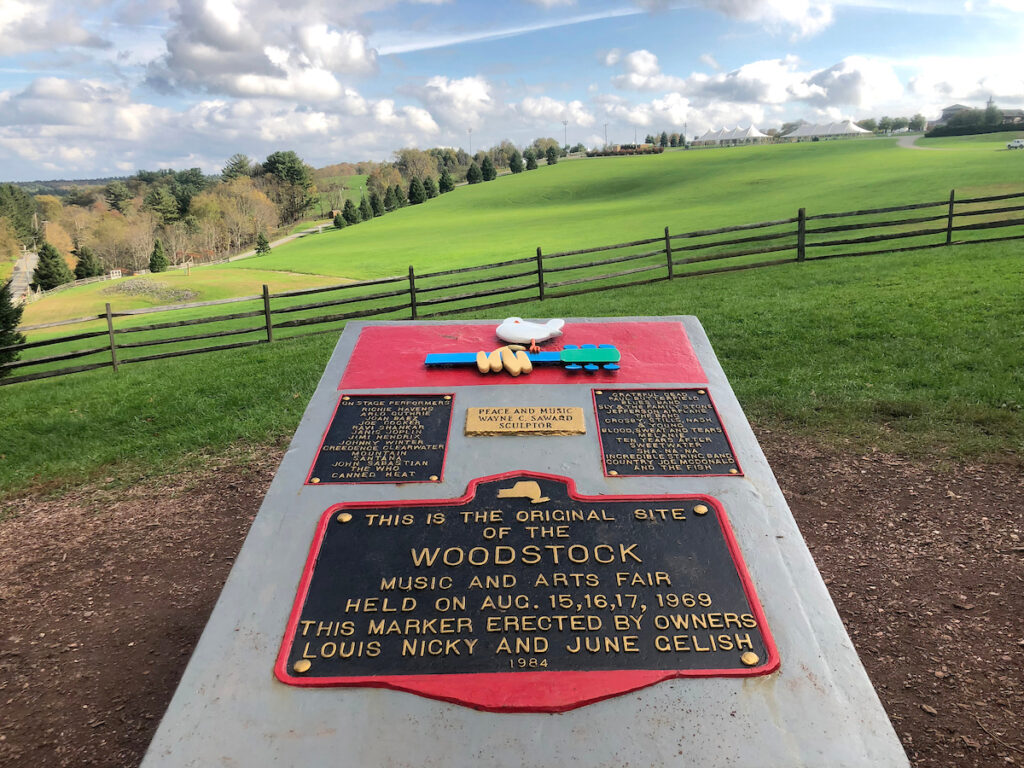
While Woodstock 1969 was the most memorable, the festival was held again in 1994 and 1999 in Saugerties and Rome, New York respectively. Each time, peace and love were the motives and subsequently the outcome. Woodstock is a great symbol of America’s unity and the power of music.

